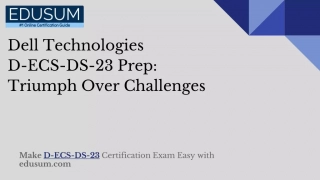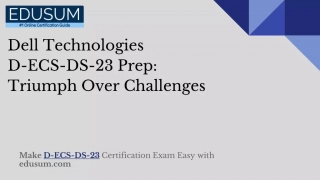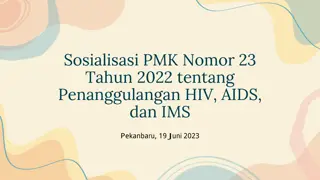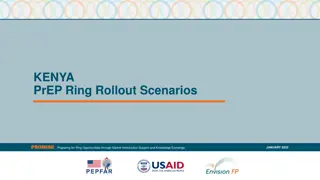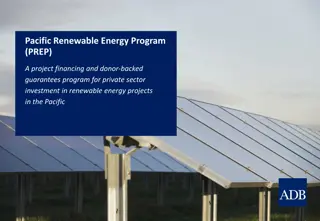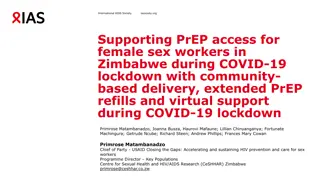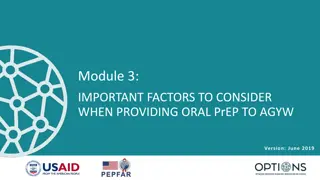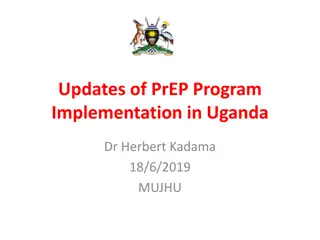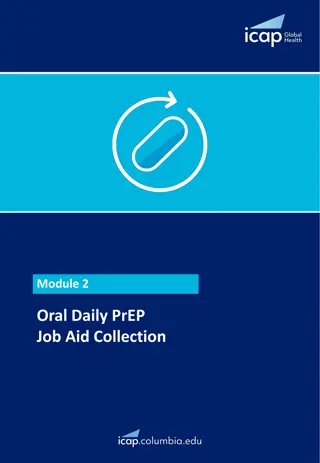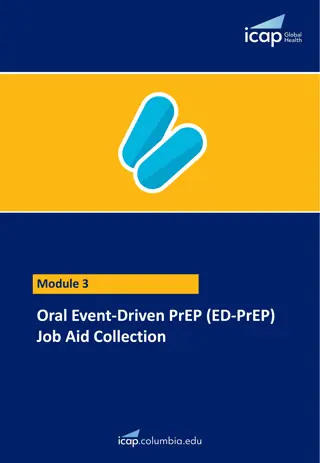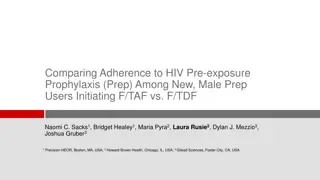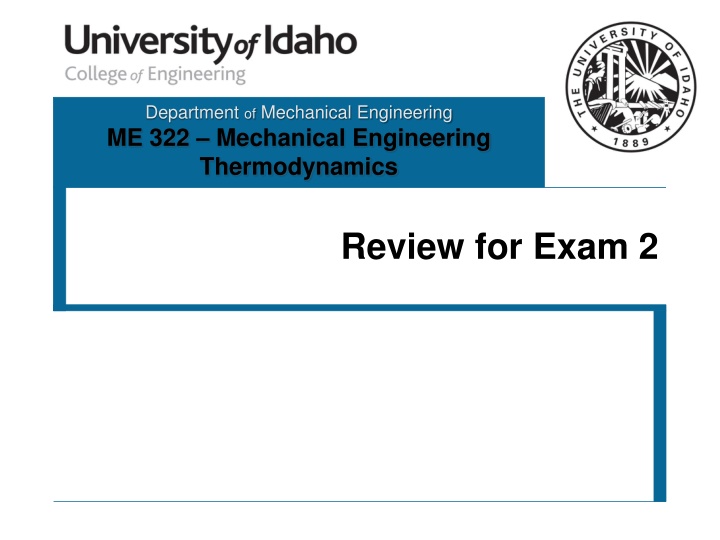
Mechanical Engineering Thermodynamics Exam Review
Prepare for your Mechanical Engineering Thermodynamics Exam with this comprehensive review covering key topics like Laws of the Universe, reversibility, entropy, and calculation questions. Get exam guidelines, information on covered material, and tips on analyzing flow devices and closed system problems.
Download Presentation

Please find below an Image/Link to download the presentation.
The content on the website is provided AS IS for your information and personal use only. It may not be sold, licensed, or shared on other websites without obtaining consent from the author. If you encounter any issues during the download, it is possible that the publisher has removed the file from their server.
You are allowed to download the files provided on this website for personal or commercial use, subject to the condition that they are used lawfully. All files are the property of their respective owners.
The content on the website is provided AS IS for your information and personal use only. It may not be sold, licensed, or shared on other websites without obtaining consent from the author.
E N D
Presentation Transcript
Department of Mechanical Engineering ME 322 Mechanical Engineering Thermodynamics Review for Exam 2
Exam Guidelines 50-minutes Resources allowed The blue properties booklet You can write anything you want in the white space of this booklet. NO photocopies, no taping, pasting, photocopies, or loose papers (Exception for Table 3.9) A handheld calculator No other electronic devices may be used including cell phones, computers, tablets, music players, etc. 2
Exam Information A table of conversion factors will be provided with the exam NO interpolation will be required Material covered Everything since the first day of class All in-class lecture material All in-class problem solutions All assigned reading questions All homework assignments 3
Do you know ... Meaning of Different Terms in Laws of the Universe? Conservation of mass Conservation of energy Entropy Balance Application of the Laws of the Universe in... Closed system problems? Open system problems? Simple transient problems? The purpose of the following flow devices and how to analyze them using the First Law? Diffuser, Nozzle Boiler, Condenser, Heat Exchanger Throttling Devices Turbine, Compressor, Pump How to find properties with the air tables? Caloric equation of state for an ideal gas? 4
Do you know ... What is meant by reversibility? What causes irreversibility? What is meant by entropy? How to represent work and heat transfer for reversible closed system processes on both P-v and T-s diagrams? How to determine the maximum thermal efficiency of a heat engine How to determine the maximum coefficient of performance for a refrigerator or a heat pump? The polytropic relationships for the special case of ideal gases with constant heat capacity undergoing isentropic processes? 5
Exam Calculation Questions May have something about a transient analysis (filling or emptying a tank) May have a 2nd Law question Might look up entropy properties in a table to calculate entropy change Might use Gibbs equation to calculate entropy change Don t confuse entropy change with entropy production! Could be open system (rate form) or closed system (total or specific form) May have a problem that uses Air Tables, and will be much simpler using pr relationships. 6
The Laws of the Universe Conservation of Mass The Continuity Equation dm dt sys = m m i e i e Conservation of Energy The First Law of Thermodynamics dE dt 2 2 V V g g g g sys Q W + + + + + = i e g m h z m h z i i i e e e 2 2 g i e c c c c The Entropy Balance The Second Law of Thermodynamics dS Q T sys + + = k ms m s S i i e e P dt k i e k 7
Alternate Forms: 1st Law for Closed Systems The First Law over a finite period of time is (making a movie), m g mg g ( ) ( ) ( ) Q W = + + 2 2 U U V V z z 2 1 2 1 2 1 2 c c ( ) ( ) 2 2 V V g z z ( ) 2 1 = + + 2 g 1 q w u u 2 1 2 g c c The First Law at an instant in time is (taking a picture), dE dt = sys = E E T G dE dt 2 d dt mV mgz g sys Q W = = + + U 2 g c c 8
Caloric Equation of State Ideal Gas For an ideal gas, = du c dT v Since we are dealing with an ideal gas, pv = RT. Therefore, ( ) h T = + = + = h u pv h u RT h This leads to the following conclusion (section 3.9.2), = dh c dT p It can also be shown that, = c c R p v 9
The Polytropic Process Ideal Gas n Definition of a polytropic process: p p V V = 2 1 1 2 If the fluid is an ideal gas, n / / p p V V mRT mRT p p = = 2 1 1 1 1 2 2 2 This leads to two additional relationships for ideal gases, ( ) 1 / 1 n n n T T p p T T V V = = and 2 2 2 2 1 1 1 1 10
The Polytropic Process Ideal Gas The work done during a polytropic process is, n p V p V p V n V 2 = = for 1 W dV n 1 V 1 n 2 2 1 1 12 1 V 1 If the fluid is an ideal gas, ( 1 ) mR T T = 2 1 for 1 W n 12 n For the case where n = 1, p V V V V 2 = = ln W dV p V 1 V 1 2 12 1 1 V 1 1 11
Carnot Heat Engine W Q Q Q Q cycle Q = = = in out out 1 th Q in in in T H W Q Q Q Q cycle Q th Carnot = = = in out out 1 , Q E in in in rev Kelvin and Rankine suggested that, Q Q T T Temperatures must be on the absolute scale! = out L L T in H rev Therefore, the thermal efficiency of a Carnot Heat Engine is, T T This is the maximum efficiency of a heat engine! th Carnot = 1 L , H 12
Carnot Refrigerator & Heat Pump For the Refrigeration cycle 1 / Q Q = = = = COP in in R th 1 Q Q Q Q W out in out in cycle T H 1 Q 1 T T = = = COP COP L ( ) R, R, Carnot Carnot / 1 T T T / 1 Q H L H L out in rev R For the Heat Pump cycle Q W Q 1 = = = = out out COP H th 1 / L T Q Q Q Q out in in out cycle 1 / 1 T = = = COP COP H ( ) H, H, Carnot Carnot 1 / T T T T 1 Q Q L H H L in out rev 13

